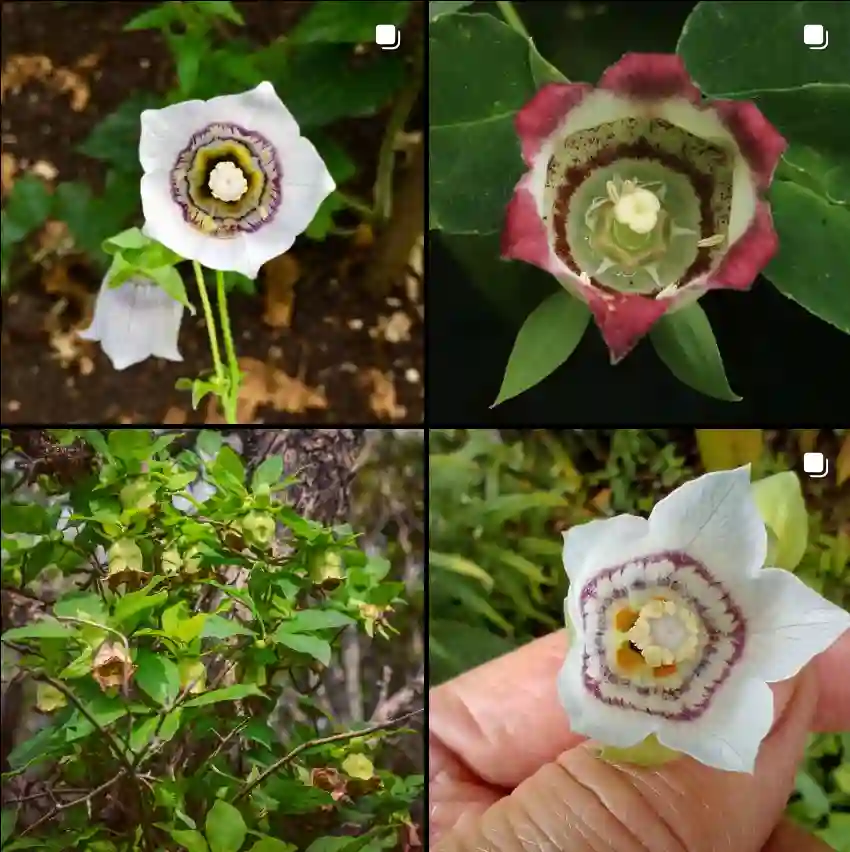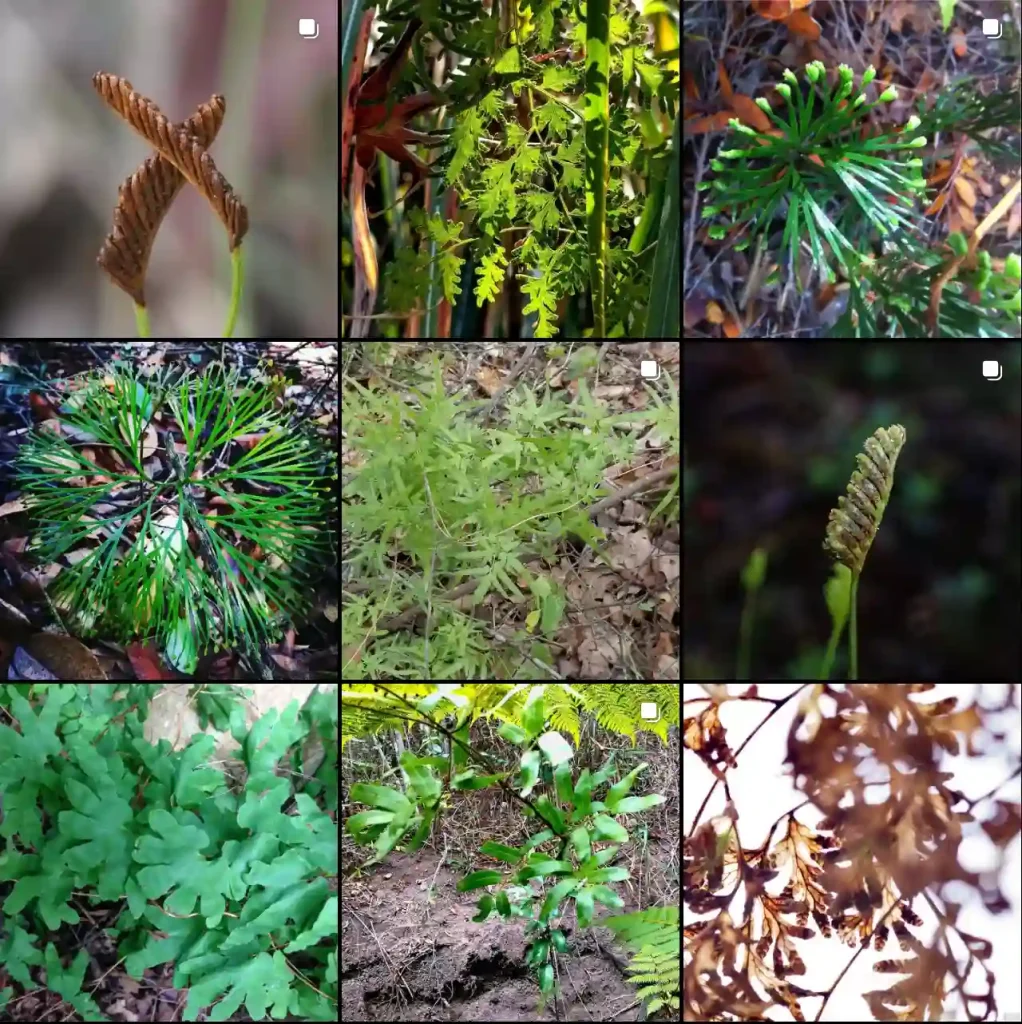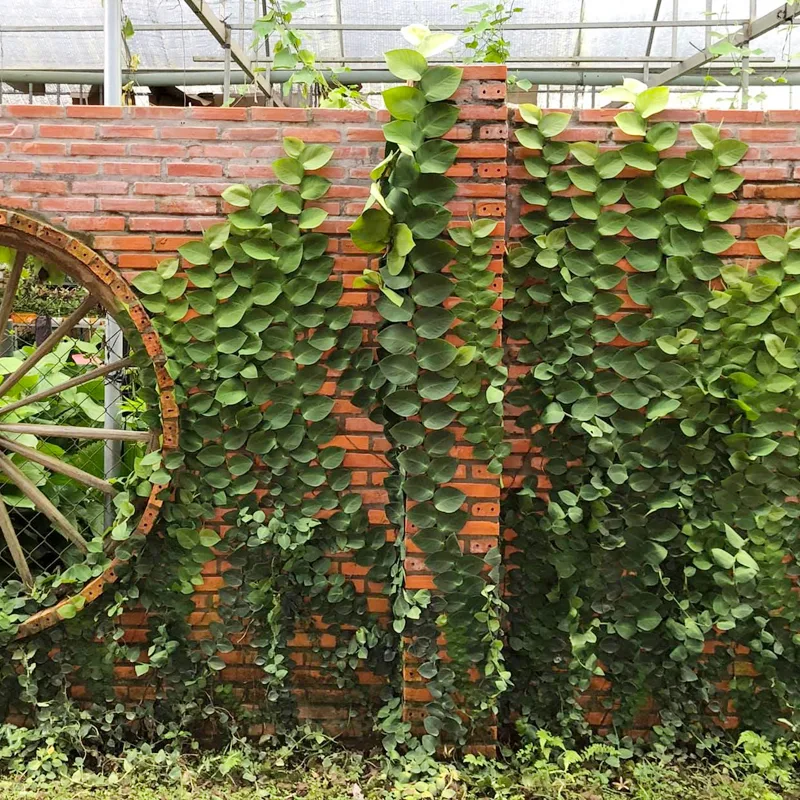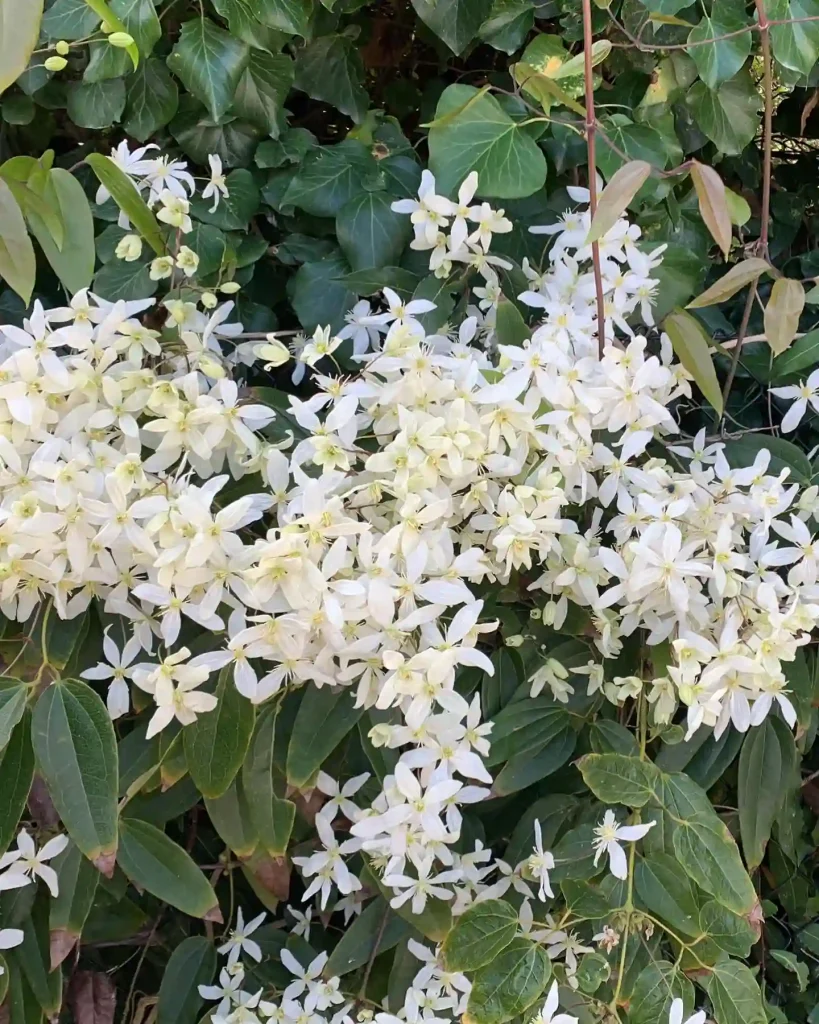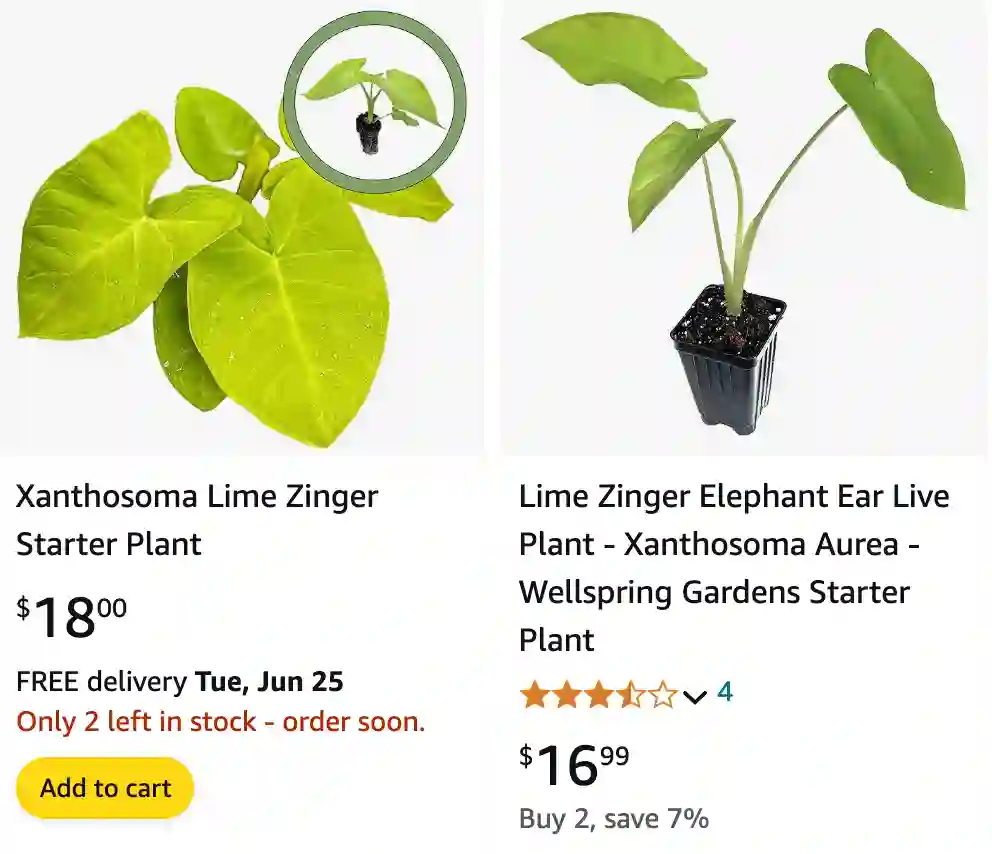
Xanthosoma Lime Zinger: Your Guide to the Vibrant “Elephant Ear” Plant
Hey there, plant enthusiasts! Ferb Vu here, and today we’re diving into the dazzling world of the Xanthosoma Lime Zinger. This tropical stunner, with its neon green, heart-shaped leaves, has become a favorite among indoor plant lovers. But beyond its captivating looks, the Lime Zinger offers a surprising amount of ease in care.
If you’re curious about bringing this electrifying plant into your home, you’ve come to the right place. This FAQ will answer all your burning questions about the Xanthosoma Lime Zinger, from its light and water needs to its potential lookalikes.
198 Species in Genus Xanthosoma
What is a Xanthosoma Lime Zinger?
The Xanthosoma Lime Zinger is a herbaceous perennial belonging to the Araceae family. Often nicknamed the “Lime Zinger” or “Elephant Ear” due to its large, heart-shaped leaves, this tropical beauty thrives in warm, humid environments. Native to South America and the Caribbean, the Lime Zinger boasts vibrant green foliage with prominent lime veins, adding a pop of color to any indoor space.
How to care for Xanthosoma Lime Zinger?
Light Requirements for a Thriving Xanthosoma Lime Zinger
Just like us humans need sunlight, so does your Lime Zinger. But unlike us, it prefers its light source indirect. Harsh, direct sunlight can scorch the delicate leaves, leaving unsightly brown patches. The ideal spot would be near a bright, south-facing window where it receives filtered sunlight throughout the day.
Watering Needs: Keeping Your Lime Zinger Happy and Hydrated
The key to a healthy Lime Zinger lies in consistent moisture, not soggy soil. Aim to water your plant when the top inch of the soil feels dry to the touch. During the warmer months, you might find yourself watering weekly, while cooler weather might require less frequent watering. Remember, underwatering is generally better than overwatering, as overwatering can lead to root rot.
Humidity: Recreating a Tropical Paradise for Your Lime Zinger
The Lime Zinger hails from a humid environment, so replicating those conditions indoors will keep your plant happy. Grouping your Lime Zinger with other humidity-loving plants can create a mini microclimate. Alternatively, consider using a pebble tray filled with water placed underneath the pot (ensure the pot doesn’t directly touch the water). Regularly misting the leaves can also provide a temporary humidity boost.
Fertilizing Your Lime Zinger for Optimal Growth
While not strictly necessary, a balanced fertilizer applied during the growing season (spring and summer) can encourage lush, vibrant foliage. A diluted liquid fertilizer applied once a month should suffice. Remember, less is always more when it comes to fertilizing houseplants.
Xanthosoma Lime Zinger vs. Alocasia: Understanding the Lookalikes
Both the Lime Zinger and the Alocasia boast large, heart-shaped leaves, often leading to confusion. However, there are subtle differences. Alocasia leaves tend to be glossier and have a more prominent central vein, while the Lime Zinger’s leaves have a matte finish and boast lime-colored veins. Additionally, Alocasias can be toxic to pets and humans if ingested, while Xanthosomas are generally considered non-toxic.
Xanthosoma Lime Zinger vs. Colocasia: Demystifying the Elephant Ear Family
Another common lookalike is the Colocasia, also known as the “Taro.” Similar to the Alocasia, Colocasia leaves tend to be glossier and come in a wider variety of colors, from deep green to purple. Like the Alocasia, some Colocasia varieties are toxic.
Potential Problems with Your Xanthosoma Lime Zinger
While generally low-maintenance, a few issues can arise with your Lime Zinger. Brown spots on the leaves can indicate sunburn from too much direct light. Conversely, limp or drooping leaves can be a sign of underwatering. Yellowing leaves, especially older ones at the bottom, are a natural part of the growth process. However, excessive yellowing could indicate overwatering or nutrient deficiency.
Pests and Diseases to Watch Out For
Thankfully, the Lime Zinger isn’t particularly prone to pests or diseases. However, keep an eye out for common houseplant pests like mealybugs and spider mites. Neem oil spray is a natural and effective way to deal with these unwanted visitors.
Conclusion: Bringing the Lime Zinger Magic into Your Home
With its stunning foliage and easy-going nature, the Xanthosoma Lime Zinger is a perfect choice for plant enthusiasts of all levels. By providing the right amount of light, water, and humidity, you can enjoy this vibrant tropical beauty for years to come. So, why not add a touch of the tropics to your indoor space and bring home a Lime Zinger today and witness its vibrant lime veins dance in the dappled sunlight filtering through your window.
If i die, water my plants!
